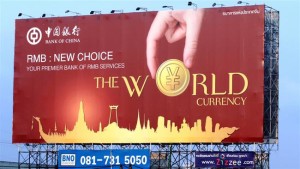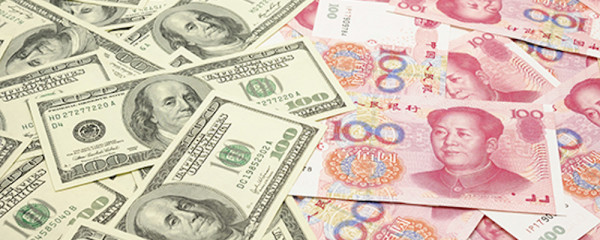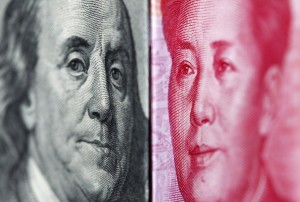15
Apr 2016
THE STABILITY OF CHINESE YUAN
Canton Fair is starting today! Last 2 days ago, I wrote an article that I hope can help you, not to get a culture shock when arriving at China. Today… I’m writing an article about the update of Chinese Yuan, that is the most important thing for your purpose in coming to China.
Chinese Yuan has been a hot topic, since it was planned to add the IMF’s reserved currency basket. But, this also makes us nervous as the news regarding Chinese Yuan always change and as we know, in the currency or stock market, there is no CERTAINTY.

Is stability possible?
Analysts say that, People’s Bank of China or PBOC still has a great deal of firepower with which to manage foreign exchange market expectations and the yuan should stay broadly stable against the dollar this year, unless market views of US Federal Reserve Board intentions change or a crumbling economic situation on the mainland sparks a massive outflow of assets.
China economist, Julian Evans-Pritchard said “The appreciation of the yuan against the US dollar over the past couple of months has shifted market expectations for the currency, with concerns about the possibility of a large-scale depreciation now receding and outflow pressures easing as a result.”
On January, Chinese Yuan depreciated 1.3%, but then it stabilized on February and finally, appreciated 1.6% against the US dollar on March. It’s PBOC’s responsible to keep the RMB stable and they should have more firepower to make it happen.
Average daily USD/CNY trading volumes have declined as markets have calmed down. Lessening down to US$16 billion in February and US$19 billion in March after a huge increase at around US$30 billion to US$40 billion in early January.
Positive exchange rate movements and fading concerns over a sharp yuan devaluation had led the RMB to a surprising value increase in the mainland’s foreign exchange reserves and last month it rose for the first time since October to US$3.213 trillion, slightly above market estimates and up US$10.3 billion from February. After adjusting for exchange rate fluctuations, some estimated that PBOC sold around US$35 billion of foreign exchange on March, approximately the same like on February as this would imply net capital outflows of US$60 billion, up slightly from outflows of US$43 billion in February.
There are 3 factors contributing to reduced outflow pressures and improved FX market sentiment, that UBS mentioned:
1. The US Fed’s more dovish stance and associated weakening of the US dollar had shored up market expectations that the mainland’s currency would not depreciate notably in the near future.
2. A more explicit easing policy bias unveiled at this year’s National People’s Congress meeting and improvement in recent economic indicators, such as stronger-than-expected credit and fixed-asset-investment data, had also helped ease investor concerns about an “impending” hard landing for the mainland economy.
3. Beijing’s tightened controls on cross-border capital flows to slow the pace of capital outflows, including stricter scrutiny of documentation supporting FX purchases for trade credit or investment projects, tighter monitoring of trade orders to clamp down on capital flows disguised as current account activities, and limiting the offshore use of Chinese debit cards for capital account purposes.
What do people want?
Of course, people would like to expect capital outflows and the yuan’s exchange rate to remain broadly stable this year.
Pressures could reoccur, if the US dollar strengthened again in the coming period. Nonetheless, note that the deleveraging of external debt, one of the main drivers of the outflows over the past year, could not continue at recent rates for more than a few quarters due to the limited stock of such debt. This can be the reason why the outflows won’t be gotten out of hand. Unless a deeper economic crisis sparks a rush by Chinese firms and households to shift assets abroad, something we haven’t seen so far and that we believe to be unlikely, the PBOC should have plenty of firepower to keep the renminbi broadly stable in trade-weighted terms this year.
A weak US dollar, improved market sentiment, and better economic indicators should help reduce depreciation pressure for the yuan in the next few months, while maintaining their USD/CNY forecast of 6.8 by the end of the year.
“In nature’s economy, the currency is not money, it is life – Vandana Shiva”
Adopted from South China Morning Post
































